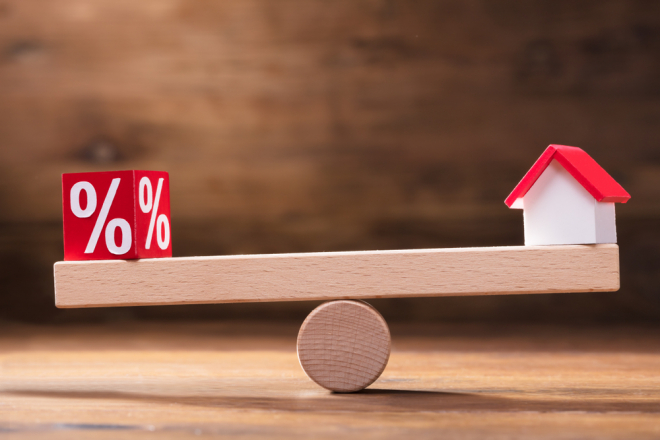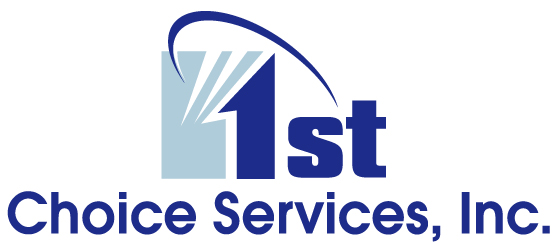

Mortgage interest rates are near record lows again. This can mean great deals for homebuyers and great savings for homebuyers. Some lenders will even start advertising rates that are at least a half point lower than the average national rate. Buyers and refinancers should be aware that these ultra-low rate deals come with strings attached. In some cases, it may actually be better to choose a higher rate option. Here’s what you need to know:
Points
In order to get some of these rock-bottom rate deals, borrowers are often required to pay discount points to the lender. One point is equal to 1% of the mortgage amount. If you are buying or refinancing a home with a mortgage of $250,000, one point would be $2,500. Let’s say you are offered an interest rate of 3% with 2 points. You would have to pay $5,000 up front on that loan amount for points, in addition to the closing costs.
Closing Costs
Both refinance and home purchase mortgages come with closing costs. On average, closing costs range between 2% to 5% of the mortgage amount. With the $250,000 mortgage example above, that means that closing costs could be anywhere from $5,000 to $12,500. Add discount points to that amount, and that uber-low rate may not sound quite as appealing.
Interest Rate Savings
When considering which interest rates offer to accept, its important to take all the extra fees and costs into consideration. Let’s take the example of a $250,000 at 3% with 2 discount points and $5,000 in closing costs. Let’s say you have another option of 3.5% with no points and $5,000 in closing costs. The monthly mortgage payment for the 3% loan would be roughly $1,055 while the 3.5% loan payment would be $1,120, a difference of $65 per month. However, it would actually take 73 months – more than six years – to actually realize those savings with the lower rate. That’s because of all the upfront money you had to pay. With the higher rate you keep that money in your pocket and can do other things with it.
Timeline
Because it can take so long to really start seeing the savings of the low rate/high point loan, it is important to know how long you plan to stay in your home. In the above scenario, you’d have to stay more than six year for the 3% low to make sense. Paying points can definitely be worth and help you save thousands overall, but only if you can stay in your current home for a long period of time.
While unbelievably low rates can be tempting, just remember to look at the fine print. Those rates almost always come with higher fees and costs. Be sure to compare the annual percentage rate (APR) between loans to figure out the true cost to you. Sometimes, paying a slightly higher rate with lower fees will make more sense for your situation.

